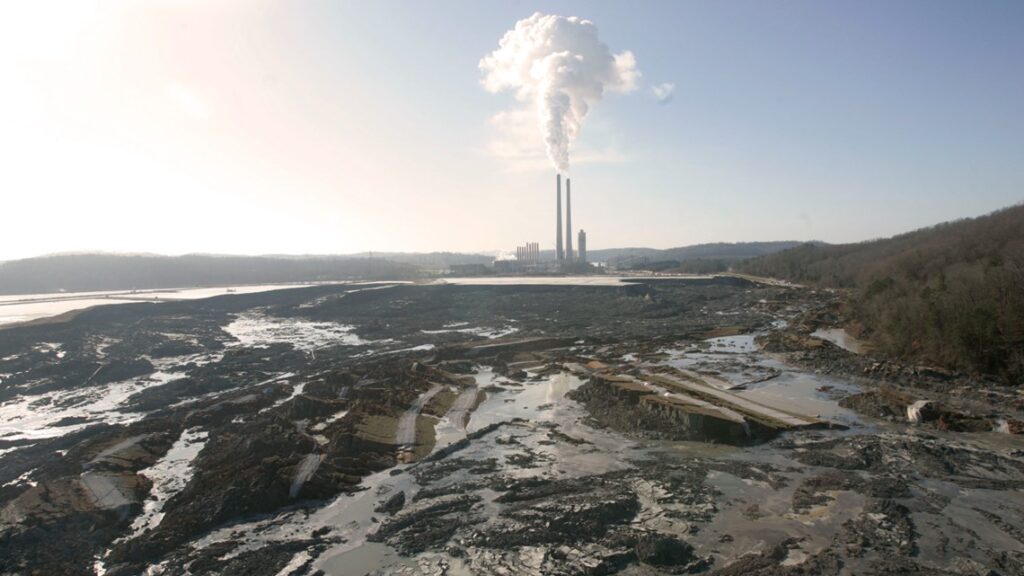When I was a kid, they told us about acid rain in school. I even remember seeing a news broadcast in which the reporter, standing in the middle of a cemetery with an umbrella, explained the damage it was causing to the tombstones. The solution was to put scrubbers on all the coal-fired power plants, or “pollution controls” as they called them, to make everything okay. That was the end of my concern, as I’m sure it was for millions of people living in North America.
These days, I realize that there is a big difference between pollution “controls” and pollution “elimination.” When the scrubbers were put onto coal-fired power plants, they were not making the toxins disappear, they were just removing the toxins from the air so they could be put elsewhere. Since the Kingston coal ash spill, we now know that those toxins still exist. We are connecting the dots between communities who live near coal ash dumps and their ever-increasing health issues.
The $18,000,000 lawsuit for a coal ash worker’s death is a major step in helping us to understand that coal is not a simple rock that burns. I believe that anyone who has taken a small chunk of coal and lit it on fire, then watched the black smoke pouring off it, must know that something bad is happening. Once coal is rapidly oxidized (set on fire), its chemical makeup is forever changed and the toxins it once held in a benign state are released for future generations to have to deal with. People must know that anytime we “clean” coal, we are only finding new places to the put the waste from it, be it coal slurry impoundments in Appalachia, or coal ash impoundments near power plants.
These are things I did not consider when I watched as thousands upon thousands of tons of coal was hauled from my Appalachian mountain home. These are not ideas that crossed my mind when I ran a shuttle car in the mines hauling it to the feeder 10 tons at a time. I wanted to think it was just a black rock. Today, I realize the full extent of coal’s legacy on our children.

